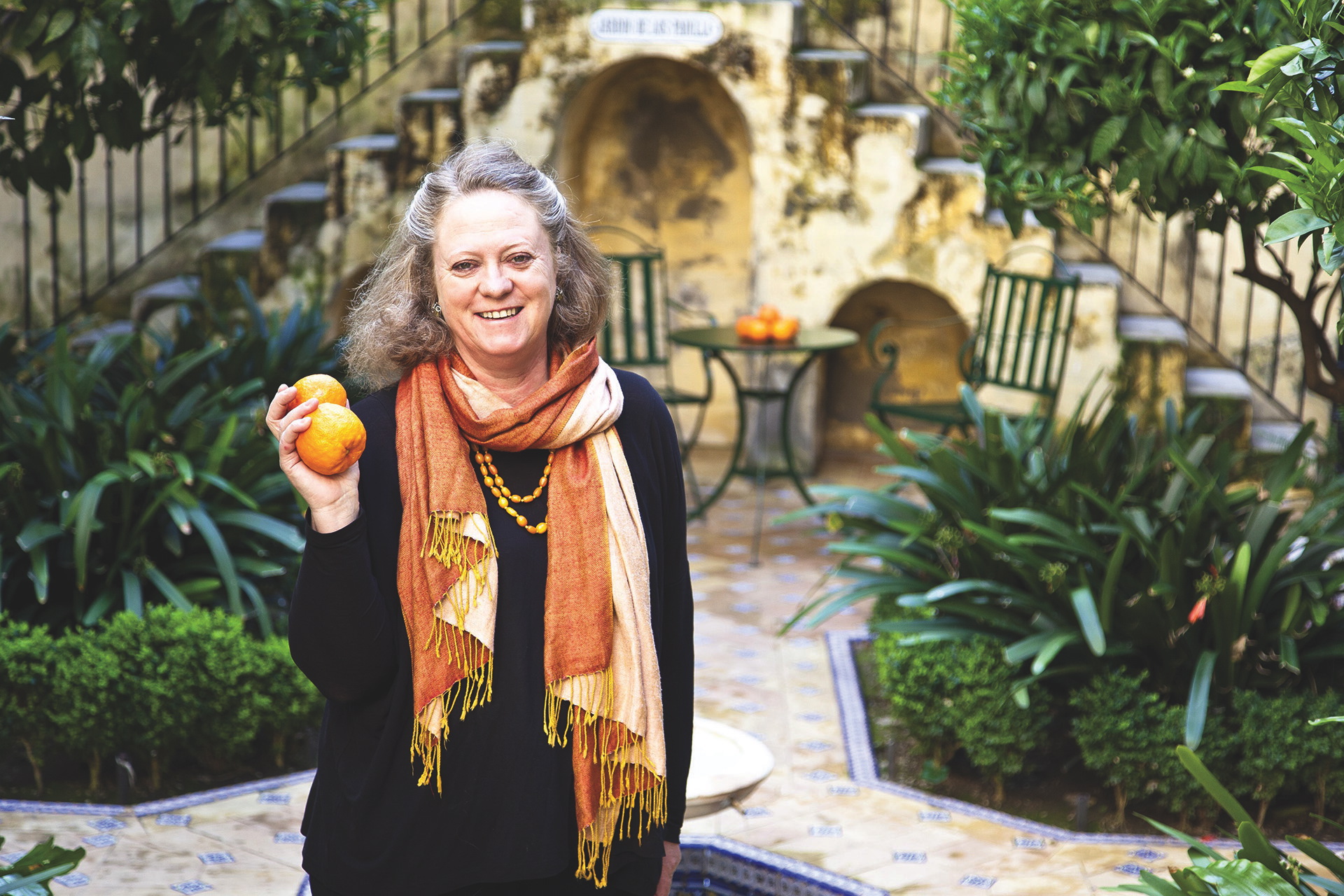Penrith’s
marmalade
revival
Lakes market town hosts awards. Plus Jane Hasell-McCosh’s recipe to make your own marmalade.
Marmalade is better known for its association with Paddington Bear than with Penrith, but every year the Cumbrian market town turns orange as it hosts the World Marmalade Awards.
What started in 2001 as a temporary way of drawing more visitors when the foot and mouth outbreak threatened to devastate the local tourist industry is now the town’s biggest annual event.
This year’s competition, on 17-18 March, is expected to attract over 3,000 entries.
Organiser and self-confessed marma-holic Jane Hasell-McCosh said that in the early days pots of marmalade came mostly from the Penrith area, but after a few years she started getting entries from places as far apart as Cornwall and the Hebrides.
“And then what happened was it went global,” she added. “Last year we had 40 different countries involved.”
The closing date for entries is 7 February, and the competition is always held early in the year to take advantage of the crop of Seville oranges that appear in shops each January.
The most popular category in the awards is the beginners’ section but there are more than 12 different classes, including ones for children and octogenarians. Others are for gardeners and campanologists, and – new this year – one for people who work in the legal profession.
“We try out new classes all time,” said Hasell-McCosh. “Unfortunately, though, the one we did for hairdressers crashed and burned.”
There is a hotly contested international class, with hundreds of entries coming from Japan, where marmalade making and eating has become hugely popular. The most prestigious award is for artisan producers, and the winners are allowed to add a small prize winner’s sticker to their jars similar to those for the now familiar Great Taste Awards.
So what is so special about marmalade?
“I got the bug as a child,” Hasell-McCosh said. “It’s a very good thing for the whole family to get involved with, because everyone can help to chop up stuff together.
“But I’m sure it’s also about the aroma. It must be. I think that the smell of marmalade when it’s cooking is really wonderful. Also, it’s a much more complex product than other jams and preserves. And you can do so much more with it.
“Over the years I’ve tasted an awful lot of marmalade and it still astonishes me how people add these incredible flavours to it to make it delicious. For instance, in the gardeners’ class they use herbs, apples and other fruits, and have a very clever way of achieving the right balance with the dominant citrus taste.”
The marmalade awards have increased the number of people making their own, she added. “I’d like to say we’ve sparked off a renaissance in marmalade making. In fact, such is the demand for it in Australia that last year we launched a marmalade festival there.”
This is organiser Jane Hasell-McCosh’s recommended recipe.
Ingredients:
1kg Seville oranges
100ml freshly squeezed lemon juice
2kg golden granulated sugar
2 litres of water.
Scrub the oranges and remove “buttons”, cut in half and squeeze the juice. Remove thickish white inner pith and pips and tie in muslin bag for extra pectin. Slice peel into the size (fine or coarse) you prefer. Put peel, juice and pith bag in large bowl, cover with the water and soak overnight. Transfer to large heavy-based pan, bring to the boil then simmer for two hours. Squeeze out pith before discarding.
Now add the lemon juice and sugar, stir to dissolve sugar and boil rapidly until setting point reached, at least 15 mins. Test by dripping mixture onto a cold plate. When done remove from heat, allow to cool and seal in sterilised jars.
www.dalemain.com/marmalade-awards/

Leave a reply
Your email address will not be published.